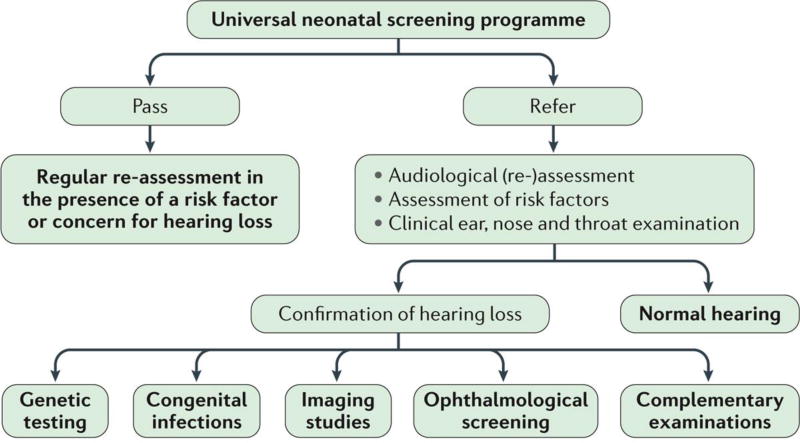Figure 4. Multidisciplinary algorithm for the assessment of hearing function in infants.
Newborns who pass the neonatal hearing screening should undergo regular follow-up when risk factors for hearing loss (as defined by the Task Force of the American Academy of Pediatrics) are present. 7 If a newborn fails the screening and bilateral congenital hearing loss is suspected, a comprehensive audiological and aetiologic work-up is required. Audiological tests can confirm the presence of hearing loss and determine its type (conductive, sensorineural or auditory neuropathy spectrum disorder), laterality and severity. Genetic testing is an integral part of the aetiological work-up, as are the exploration of perinatal insults and the presence of congenital infections as possible causative agents. In particular, timely investigation for congenital cytomegalovirus (CMV) infection is essential, as it is the most common infectious aetiology of hearing loss. Virological identification of CMV must be made in the first 3 weeks of life to ensure that the infection was truly congenital and not post-natally acquired. Imaging studies are recommended in all cases of bilateral hearing loss ≥60 dB or with craniofacial malformations. 62 Imaging exams can rule out the presence of structural inner ear anomalies, which might occur as an independent entity, be part of a syndrome, or have therapeutic implications. Certain inner ear anomalies might place the child at increased risk for sudden hearing loss (for example, enlarged vestibular aqueducts) or meningitis and require appropriate counselling. Imaging studies are a prerequisite before cochlear implantation to assess cochlear anatomy and confirm the presence of a cochlear nerve. A detailed assessment of the test results by a paediatric ophtalmologist is recommended, given the high prevalence (40–60%) of ophthalmologic problems in hearing impaired children. 150 Other complementary investigations include, for example, electrocardiogram and renal ultrasonography. ENT; ear, nose and throat.

